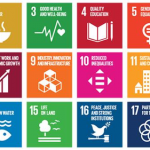
Watering Down the Global Agenda
The world is made up of 195 countries, 7.6 billion people, and an endless number of problems. How does the United Nations address them in one agenda? Which problems deserve inclusion?

The world is made up of 195 countries, 7.6 billion people, and an endless number of problems. How does the United Nations address them in one agenda? Which problems deserve inclusion?
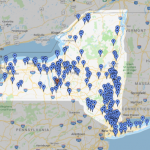
In the face of rising tides, severe weather and habitat degradation, 236 communities across New York are trying to figure out what it means to be climate smart. These local governments are working to build resilience against projected climate change impacts and reduce their greenhouse gas emissions, setting an example for forward-thinking communities around the world.
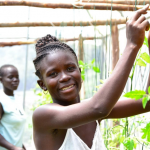
Youth, agriculture, and climate change might not seem like a logical pairing, but they fit better than you might expect.

The final project for the C+S core course Dynamics of Climate Variability and Change challenged students to create a video to explain a concept related to climate variability or climate change.

If you read Somayya Ali Ibrahim’s (C+S ‘09) resume alone before applying to C+S, you’d be hard-pressed to imagine her working at NASA. After all, she wasn’t exactly your traditional C+S student with degrees in pre-med and business administration.

C+S faculty member Alessandra Giannini, who co-teaches Dynamics of Climate Variability and Change, was awarded funding through the French Government’s “Make Our Planet Great Again” program. The program, which solicited applications from climate scientists from around the globe, was introduced in June by French Prime Minister Emmanuel Macron in response to the United States pulling out of the… read more
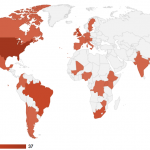
People used to think that the Earth was the center of the solar system, until we learned that the sun is in fact at the center of the solar system. Making that transition in the human belief system was not easy because many people in positions of power were threatened by this new knowledge. The story is similar with climate change and other issues of human sustainability such as recognizing the rights of Mother Earth.

It is difficult to estimate how detrimental fake news has been to the world, but it is almost undeniable that it is playing an influential role. Fake news is not a fresh invention, but the internet has made it more prevalent and accessible than ever before. Controversial issues like climate change are frequently the battleground for the truth.
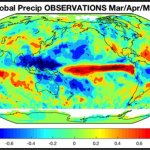
Climate models are probably the most fundamental tool advancing the field today, and to me, until recently, the models seemed like some large mythic machine behind locked doors in some secret facility in the desert. My research internship succeeded at demystifying them. They’re essentially mathematical representations of the climate system courtesy of codes run on powerful computers.
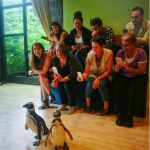
There’s no doubt education is a vitally important part of fighting against climate change for several key reasons. Climate change is one of the biggest issues facing young people, and education can equip them with the skills to help. It also encourages young people to get involved as global citizens and make contributions.